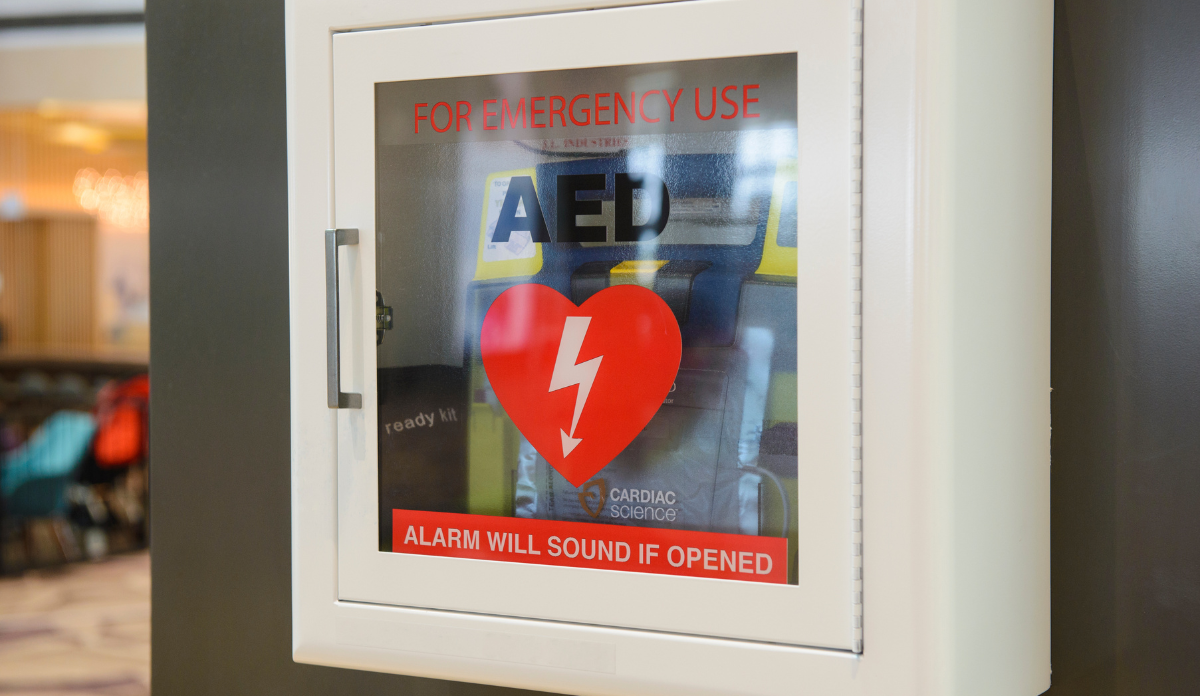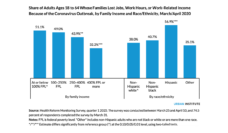Over 250,000 Americans suffer from a cardiac arrest in their homes and neighborhoods each year due to severe underlying medical conditions. These individuals lose a pulse and become unresponsive, but only their family and community can come to their immediate rescue. Unfortunately, only 11% of people survive such an event.
For a person to both survive a cardiac arrest and make a decent recovery, first responders have to efficiently perform four “chain of survival” actions, which include: (1) recognizing a cardiac arrest, (2) calling emergency medical services (EMS), (3) performing cardiopulmonary resuscitation (CPR), and (4) delivering shock(s) from a defibrillator, if indicated.
Being one of the first people at the scene to save a loved one or a friend is a great burden, one that many are unable to carry. Not only must first responders be able to deal with a stressful scenario, but they must also have medical skills and resources at their disposal to keep the person alive. It should not come as a surprise then that the best outcomes for cardiac arrests are often seen in communities of higher socioeconomic status, where education levels, access to defibrillators, and fast access to EMS personnel are also high. In economics research, socioeconomic status is assessed per zip code or census tract and is an average of several factors, such as median household income, highest completed education level, and percentage of residents that are employed.
People in low-income communities may not have completed high school, which is where most receive their first CPR training (CPR training is a mandatory graduation requirement in 40 states.) Or, they may live in rural areas with slower EMS response times. Additionally, while most states have enacted laws to ensure public access to defibrillators, these devices are usually placed in areas with a higher likelihood of cardiac arrest, such as schools, gyms, and shopping centers. All of these locations are more common in wealthier, urban areas than in lower-income or rural areas.
A coordinated approach to bridging the gaps in out-of-hospital cardiac arrest care will ensure that all of our citizens, no matter their circumstances, have an equal chance to survive a cardiac arrest before they are brought into the hospital.
Furthermore, racial disparities in out-of-hospital cardiac arrest outcomes significantly amplify socioeconomic disparities. A large study demonstrated that African Americans were less likely to survive a cardiac arrest than Caucasians, even if they live in the nation’s wealthiest communities. Likewise, African Americans living in the poorest communities had the lowest survival rates. Similar data has been seen for Hispanic Americans in Colorado, where Hispanic-majority communities had worse survival after a cardiac arrest compared to neighboring communities.
There are many possible explanations for these observed effects. It could be that there is an inherently higher risk of cardiac arrest among certain minorities. Cultural differences like language barriers, a desire to protect womens’ modesty, or distrust of law enforcement may also impede effective bystander response during cardiac arrest.
Too many patient safety nets outside the hospital are dependent on unchangeable factors like race or ethnicity, income, and where they live. This is unacceptable. We can avoid many early deaths in this country by increasing our citizens’ overall preparedness for cardiac arrests and by devoting greater resources especially to lower-income and minority communities. We suggest a multi-step solution that emphasizes education, awareness, and investment in defibrillators.
- We must teach CPR in all 50 states at the high school level and allow free renewal of CPR certification. We should also revamp teaching to make it linguistically and culturally appropriate, which can be done through online modules and CPR instructor training.
- The Centers for Disease Control and Prevention (with the help of cardiology-focused associations like the American Heart Association) need to promote greater awareness of cardiac arrest, especially within high-risk communities. This could be done through public health drives at churches, stores, and other gathering spots.
- State governments should closely track the location of current defibrillators and purchase greater numbers for areas lacking in quantity. Community surveys to identify the most strategic locations for defibrillator placement may be beneficial, particularly for low-income and rural areas.
A coordinated approach to bridging the gaps in out-of-hospital cardiac arrest care will ensure that all of our citizens, no matter their circumstances, have an equal chance to survive a cardiac arrest before they are brought into the hospital.
Photo via Getty Images

















